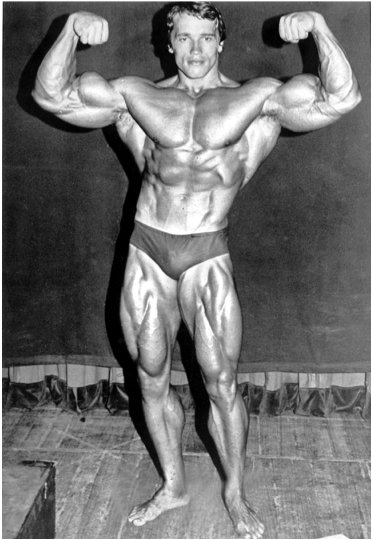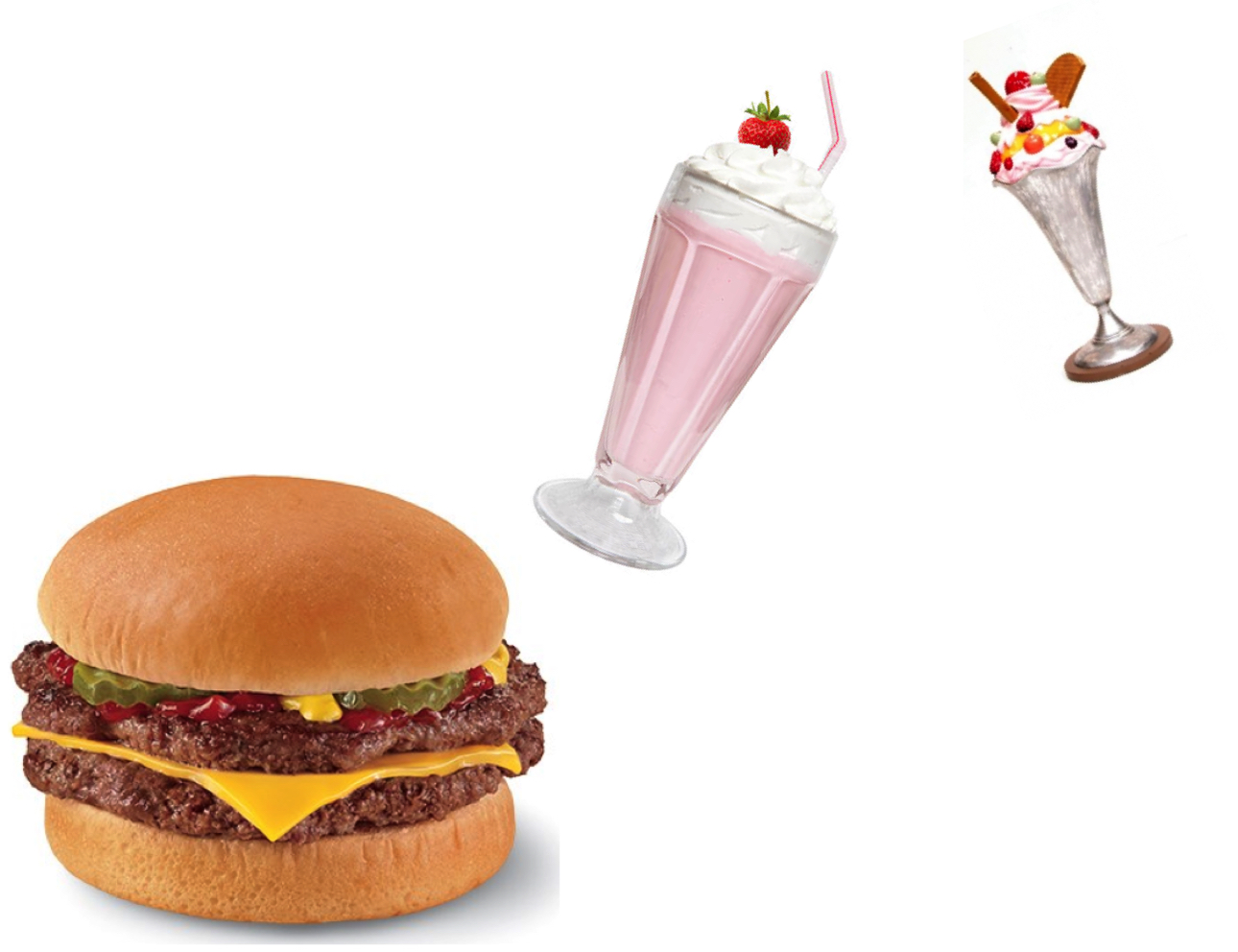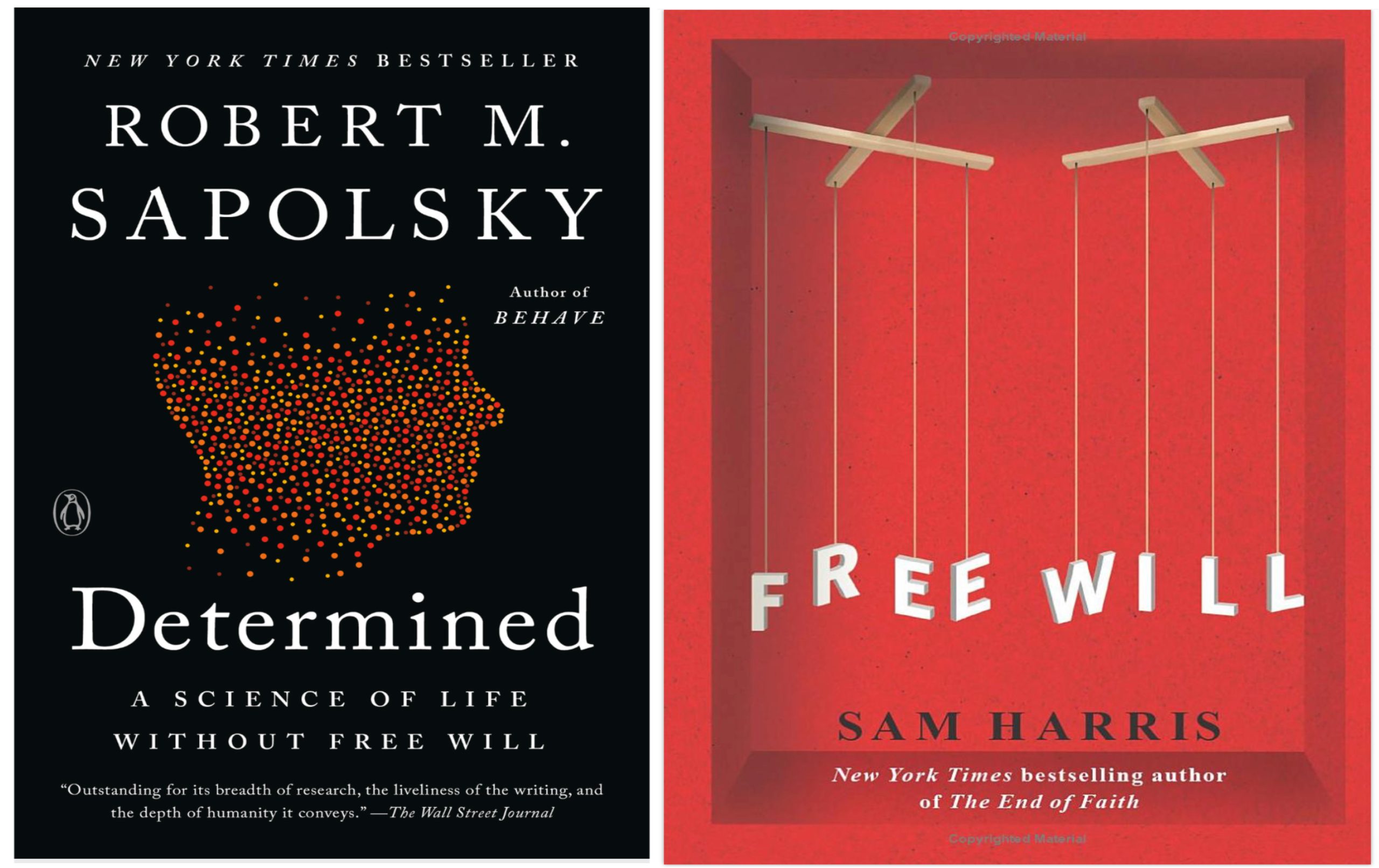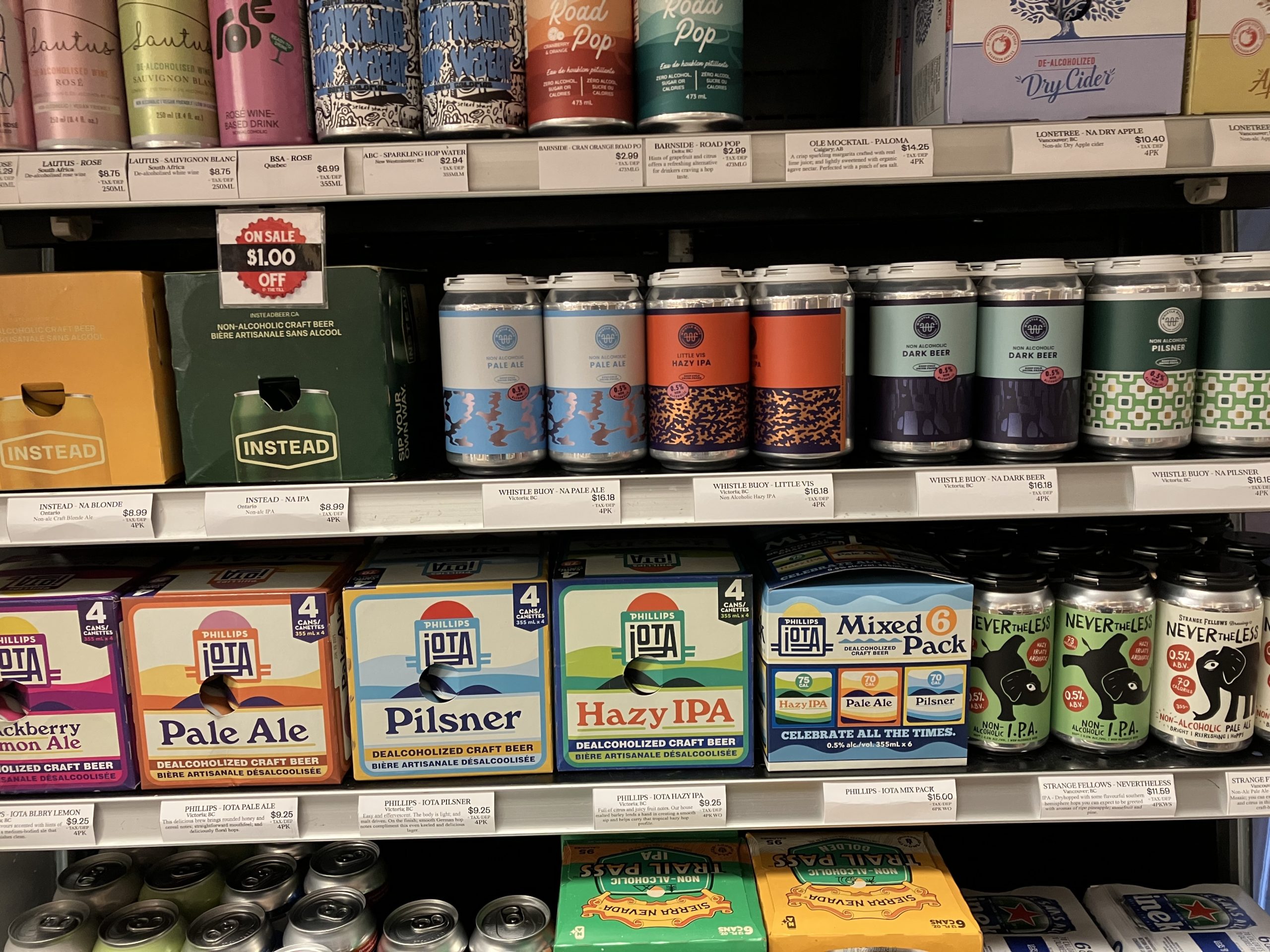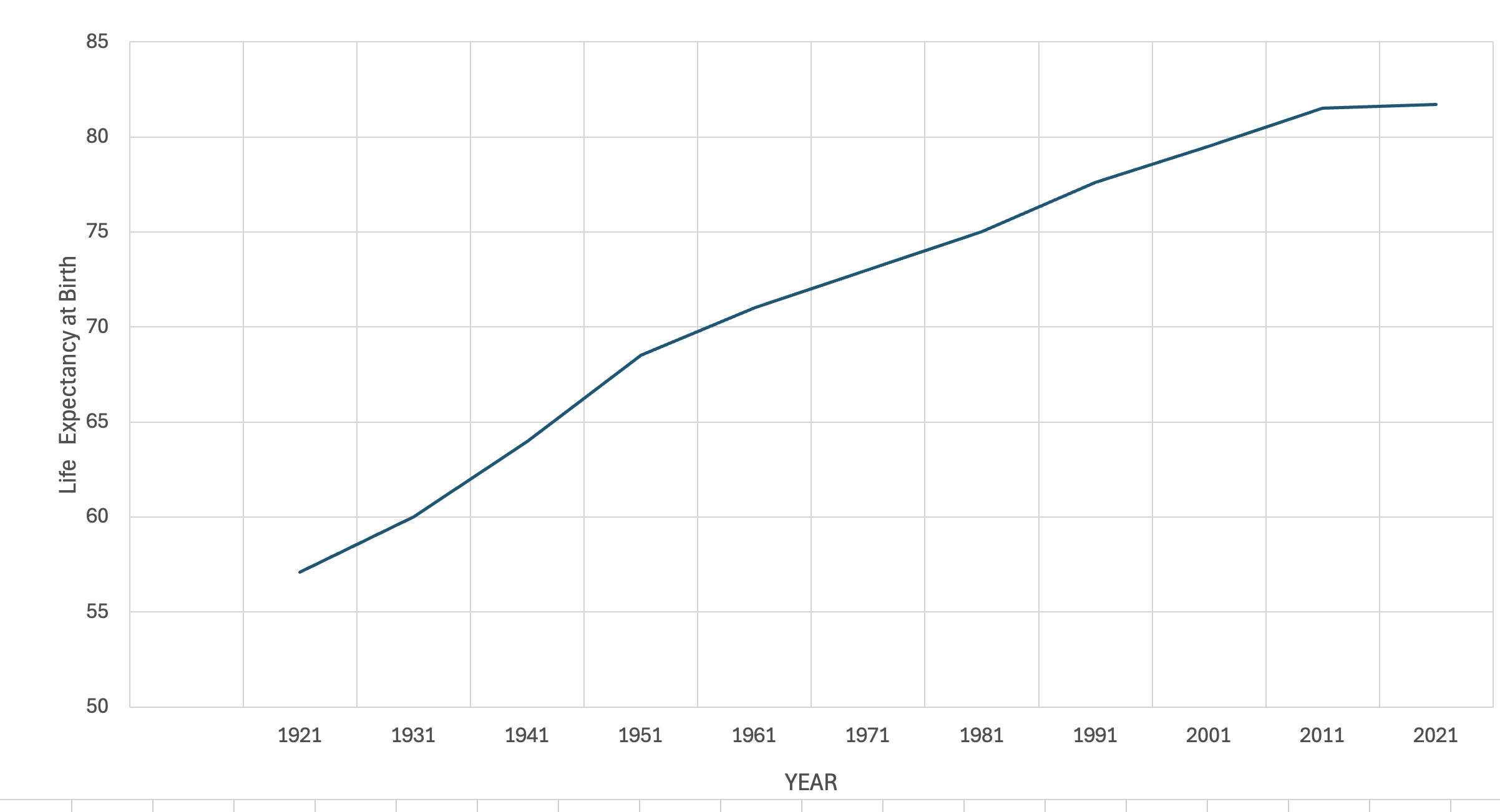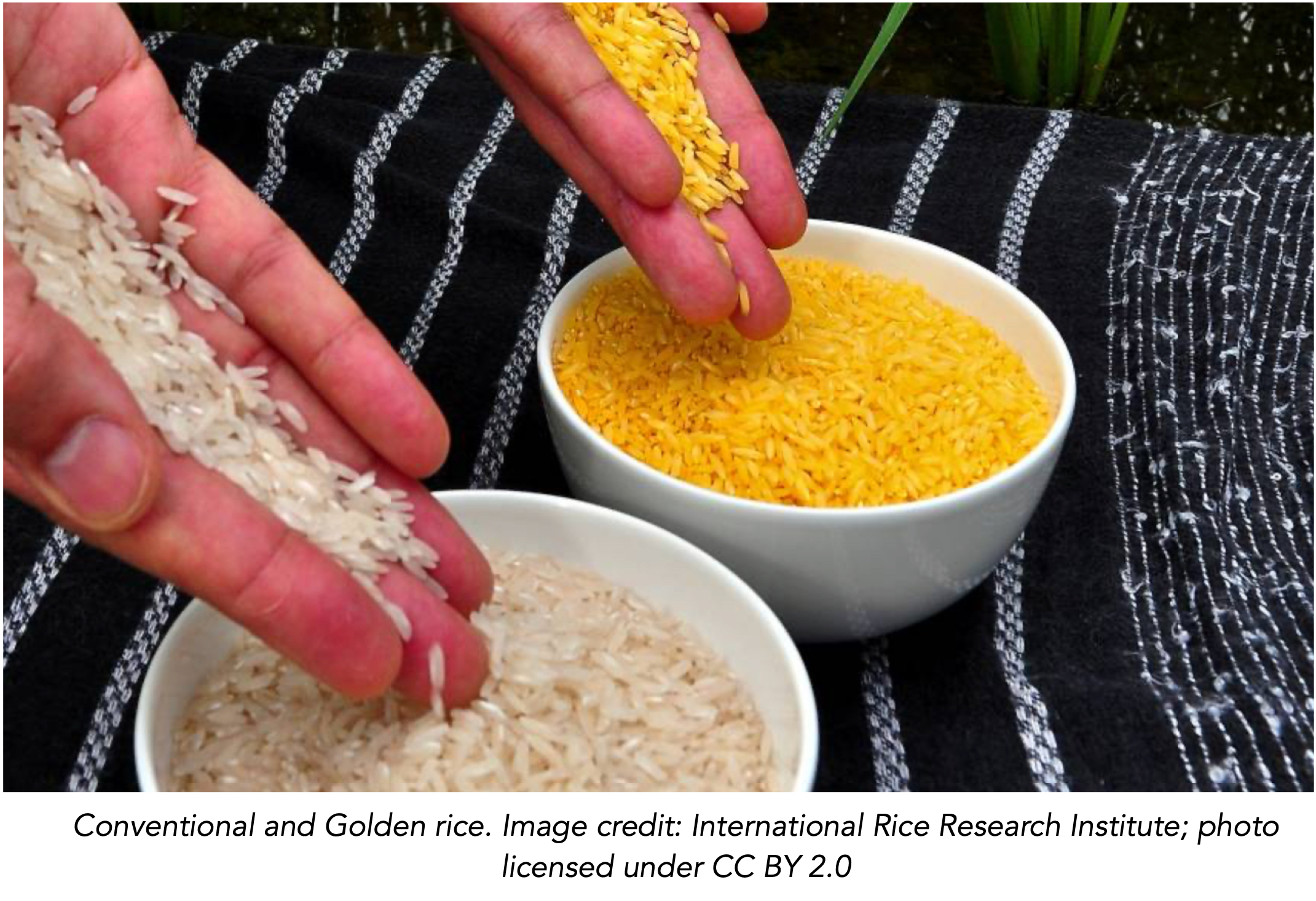A mild tremor went through the blogosphere when Coca Cola announced that it would soon re-introduce Coke containing cane sugar in the USA. The consumer-in-chief D. J. Trump urged this move earlier in the year. As of end October, 2025, Coke has now started to do this ‘in select markets’. In recent times, Coke USA has used sugar derived from corn starch, so-called High Fructose Corn Syrup (HFCS), rather than sugar isolated from sugar cane.… Read the rest “Not-So-High Fructose Corn Syrup”
The Problem With Arnold’s Body Mass Index (BMI)
This post, renewed from a previous one, is a continuation of the one following, on BMR. It examines one of the ways of looking at bodies – Body Mass Index (BMI). BMI is not usually that great at estimating a person’s health and weight, but does have value in looking at populations. Read on.
Body Mass Index (BMI)
Body Mass Index, defined as body weight in kilograms divided by the square of height in meters, has been used for about 200 years to assign underweight, overweight, normal or obese labels to bodies.… Read the rest “The Problem With Arnold’s Body Mass Index (BMI)”
You and your bmr
UPDATED
Nutritionists divide human energy metabolism into three compartments. The first, and for almost all of us the largest of these, is the Basal Metabolic Rate, abbreviated BMR. This is the rate of energy consumption when our bodies are completely at rest: it is measured when a person has just awakened from a good sleep, not having recently eaten, comfortable, and psychologically at ease.
BMR is responsible for 60-70% of our body’s energy expenditure.… Read the rest “You and your bmr”
keep your mind on the road
It’s a warm Spring evening in downtown Toronto. You’re driving west along Bloor Street in your 2-month old Volvo station wagon. It’s a nice feeling driving this comfortable, tank-strong vehicle. You’re approaching Islington Avenue and the light turns yellow. There’s only one car between you and the intersection, and that guy sees that there’s a car hoping to make a left onto Islington. So he decides to be nice and not to run the yellow, letting the oncoming car make his left turn.… Read the rest “keep your mind on the road”
Obesity: What’s exercise got to do with it?
As we people of the modern world grow heavier by the year, we have developed a growing interest in our morbid obesity. Or a morbid interest in our growing obesity. Our curiosity is justified: obesity is firmly linked to poor health. As a result, there’s a massive, and growing, industry dedicated to helping us, or at least promising to help us, lose weight. But like most stories about metabolism, it’s complicated. One aspect that is not well understood is the relationship of exercise, physical exertion, to obesity.… Read the rest “Obesity: What’s exercise got to do with it?”
Do We Have Free Will? Or, The Twinkie Defense Reconsidered
On November 27, 1978, Dan White, a former firefighter and policeman, assassinated the Mayor, George Moscone, and a supervisor, Harvey Milk, of San Francisco. His guilt was not denied. But his lawyer argued that White had a diminished capacity for rational thought, and therefore couldn’t be guilty; he was suffering from deep depression, and incapable of premeditating murder. As a symptom of his wretched mental state, his lawyer pointed out that he was eating mostly sugary foods, including Twinkies (the ‘golden sponge cake with a creamy filling’, according to its maker Hostess Brands).… Read the rest “Do We Have Free Will? Or, The Twinkie Defense Reconsidered”
The Secret of Low Alcohol Beer
One of the most rapidly growing types of alcohol being consumed is low alcohol beer (LAB), also known as light beer, or near-beer. My local booze store has whole shelves dedicated to LABs (above), and their number is growing (global LAB consumption doubled between 2018 and 2024). LAB has the advantages of fewer calories and, particularly important after the recent worries about the toxic effects of alcohol (cancer risk goes up at any level of consumption!),… Read the rest “The Secret of Low Alcohol Beer”
life expectancy — what does it mean?
How long can you expect to live? The answer to that question is all about statistics and probabilities: some of us will die this year, some of us will live to 100. But what, exactly, do the statistics folks mean by ‘life expectancy’? It turns out to be a little complicated.
‘Life expectancy at birth’, a term we often see, doesn’t represent anything real: it’s a statistical creation. But when you understand it, it makes sense.… Read the rest “life expectancy — what does it mean?”
Struggling with vitamin A deficiency
UPDATED
The important micronutrient Vitamin A
The first vitamin deficiency was identified toward the end of the 19th century by Dutch medical scientists in the Dutch East Indies, today’s Indonesia. They discovered that a lack of the vitamin we call thiamin, or vitamin B1, caused beriberi, a deadly neurological disease. More vitamins were discovered subsequently, and by 1950 there was a list of 13 that are essential for humans. One of these, the ‘fat-soluble’ vitamin A, proved to be an ‘anti-infective’ agent; it reduced infections in new mothers.… Read the rest “Struggling with vitamin A deficiency”
HIIT, the fitness hack
Many talented sprinters run like gazelles, their feet barely kissing the track as they glide along. But not all great runners move like this. One of the most successful athletes of all time was a muscular runner named Emil Zatopek, nicknamed ‘The Czech Locomotive’ for his powerful, but not particularly graceful, running. Zatopek won five Olympic medals, four of them gold, and in 1952 he became the first, and so far only, runner to win the 5,000- and 10,000-meter races, and the marathon, at one Olympic Games (it was his first competitive marathon at that).… Read the rest “HIIT, the fitness hack”


